Friday, June 10, 2023 – A PLACE TO TRAIN DOCTORS FOR WORLD WAR 1


FROM THE ARCHIVES
FRIDAY, JUNE 9, 2023
ISSUE# 1009
ROCKEFELLER WAR
DEMONSTRATION HOSPITAL
WIKIPEDIA
WIKIPEDIA COMMONS
Rockefeller Demonstration Hospital, also known as Rockefeller base hospital and United States Army Auxiliary Hospital No. 1 was a World War One era field hospital designed, located and operated by Rockefeller Institute for Medical Research in Manhattan, New York City.[1][2][3]
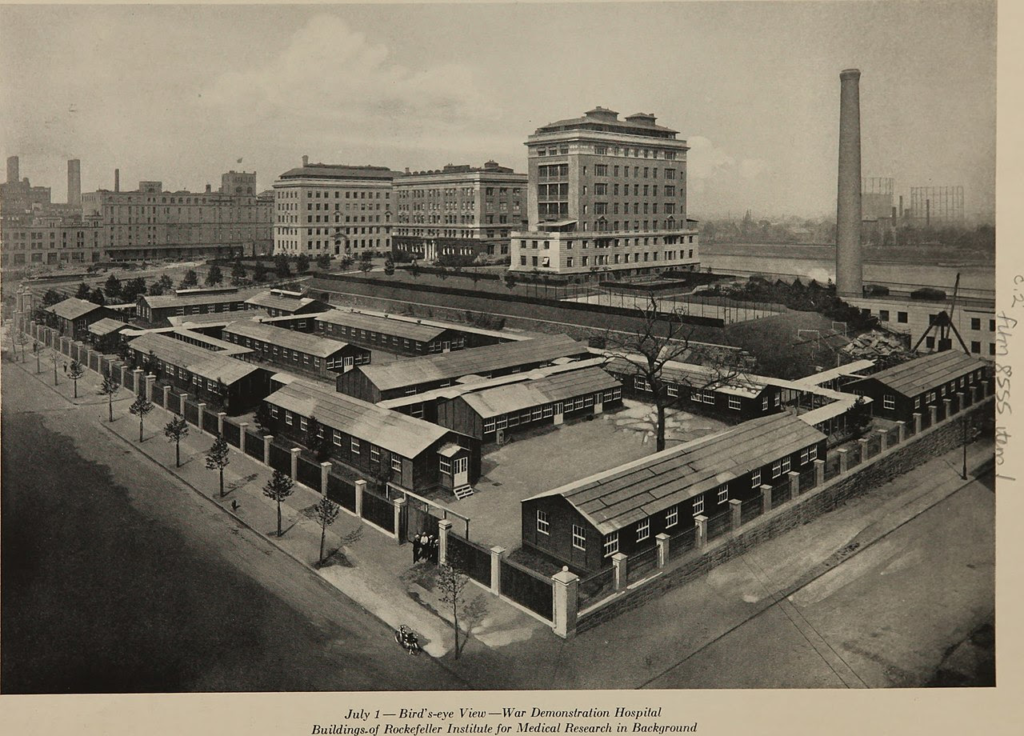
The hospital received its first patient on July 26, 1917.[4] The hospital was set up to promote the newly created Carrel–Dakin method, which was developed for the Rockefeller Institute for Medical Research by Alexis Carrel and Henry Drysdale Dakin.

One of the hospital wards.
On August 24, 1918 Rockefeller War Demonstration Hospital became United States Army Auxiliary Hospital No. 1, under the commanding general of what was then called the Hoboken Port of Embarkation (later renamed to New York Port of Embarkation).[2]
Between August 24, 1918 and its closure, the hospital trained 998 Medical Corps officers and enlisted men of the Army and Navy in the Carrel–Dakin method and treated 237 patients.[5]
The war demonstration hospital was closed on April 5, 1919[2]
Nancy Poultney Ellicott (1872-1944), Rockefeller Institute for Medical Research’s Superintendent of Nurses (1909 – 1938) received a Medal of Honor from the Minister of Hygiene of France in 1926 for her work at the Rockefeller War Demonstration Hospital.[6][7]
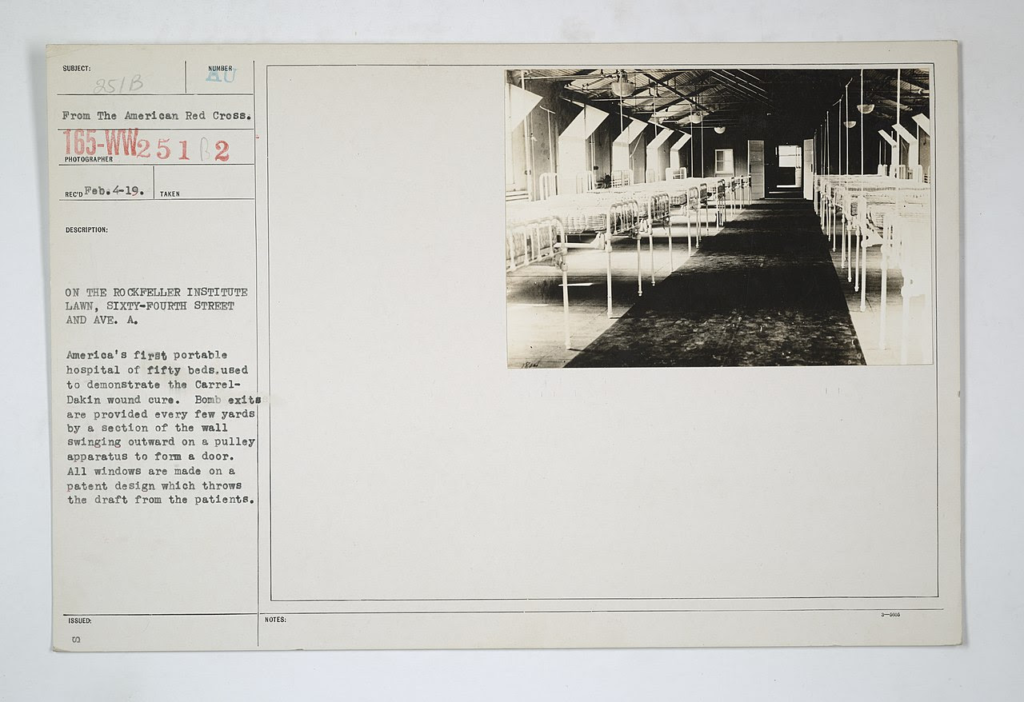
The War Demonstration Hospital construction, 1917
Courtesy of the Rockefeller Archive Center
The plan of the temporary hospital at the Rockefeller Institute was made by Mr. Charles Butler, a New York architect who had studied French and British hospital construction in France; he collaborated with the French War Department in designing hospitals. Mr. Butler adopted the unit building system patented by the Humphreys Company in London. Numerous slight structural changes, made necessary by American building conditions, have been devised by Messrs. Marc Eidlitz & Son, contractors.
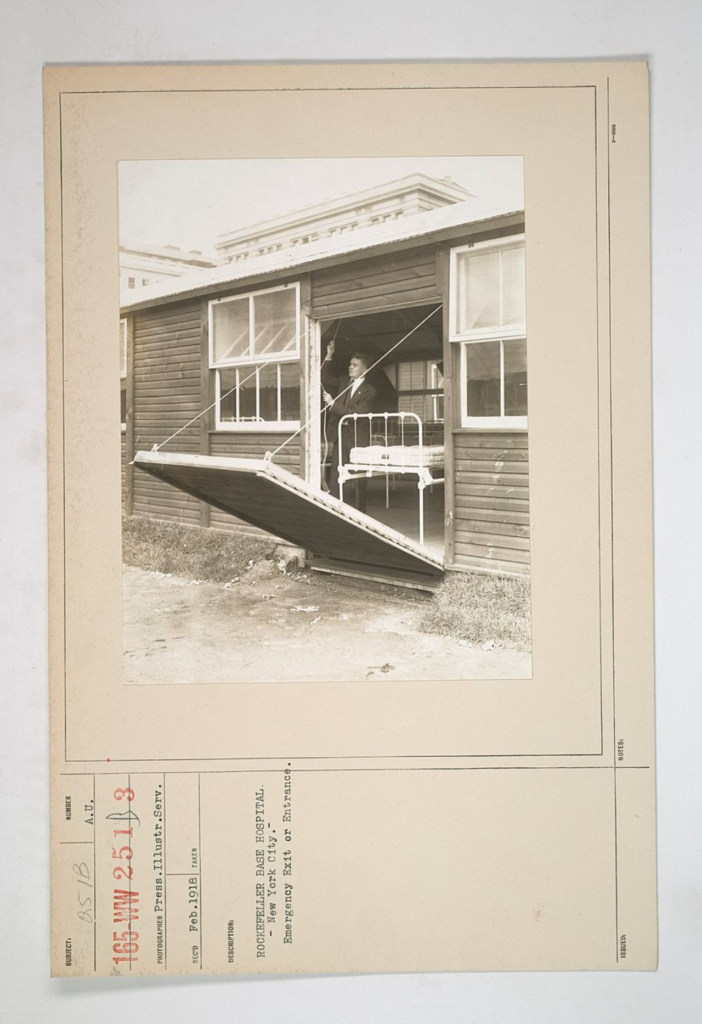
DEMONSTRATING THE EMERGENCY EXIT
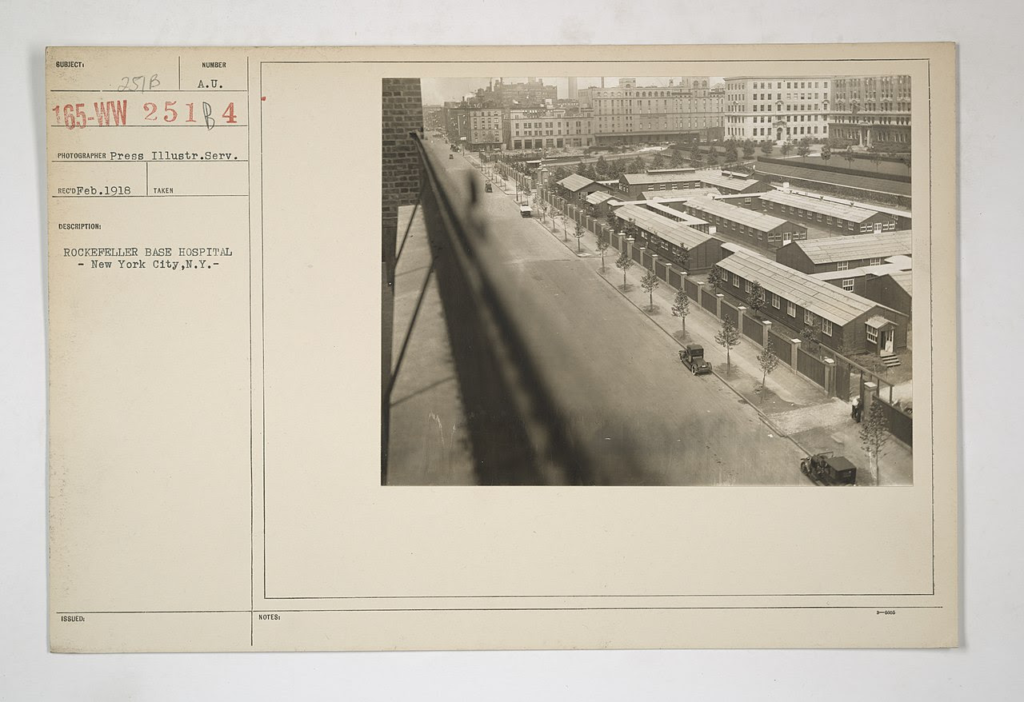
ALONG YORK AVENUE
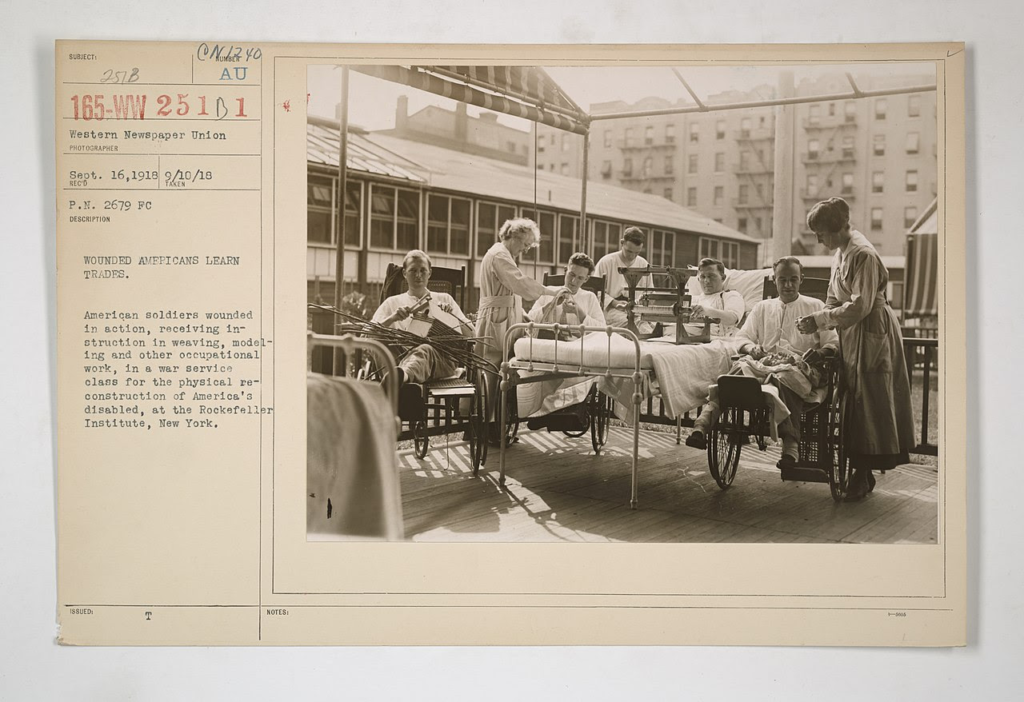
WOUNDED SOLDIER LEARN NEW PROFESSIONS
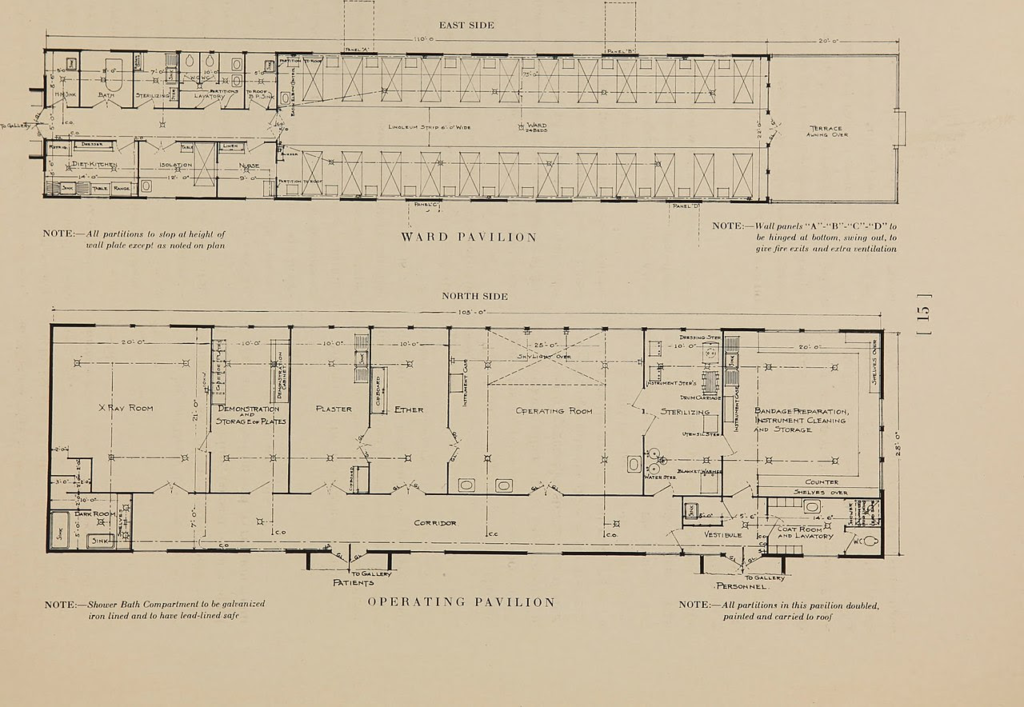


Biography
Nancy P. Ellicott was born in Baltimore. She received her nursing diploma in 1903. After graduation she was placed in charge of Ward H in the Johns Hopkins Hospital. From 1905 to 1907 she held the position of Superintendent of Nurses at the Church Home and Infirmary in Baltimore. She was acting Superintendent of the Church Home and Infirmary in 1908. The following year she was appointed first Superintendent of the Rockefeller Institution Hospital in New York City where she remained until her retirement in 1938. During World War I, she assisted French doctor Alexis Carrel in the War Demonstration Hospital at the Rockefeller Hospital. In 1921 she sat on the Alumnae general committee for the Organization for the Endowment of the School of Nursing at the Johns Hopkins Hospital. In 1926 she was awarded a Medal of Honor from the Minister of Hygiene of France. During her nursing training, her creative research into typhoid treatment won her the cofidence and friendship of Drs. Welch and Osler. She is noted as being the first woman in Baltimore to own and operate an automobile. She devised a back rest for patients and a laundry cart on wheels.
FRIDAY PHOTO OF THE DAY
SEND YOUR RESPONSE TO:
ROOSEVELTISLANDHISTORY@GMAIL.COM
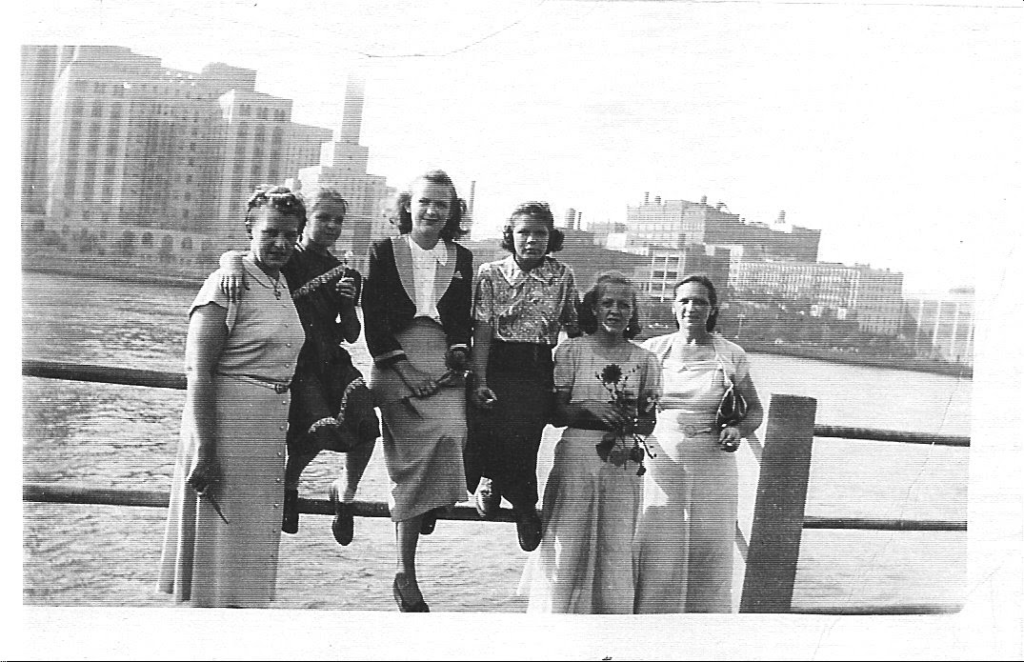
THURSDAY PHOTO OF THE DAY
DEMOLITION OF ONE OF THE WINGS OF METROPOLITAN
HOSPITAL, 1970

Text by Judith Berdy
Thanks to Bobbie Slonevsky for her dedication to Blackwell’s Almanac and the RIHS
Thanks to Deborah Dorff for maintaining our website
Edited by Melanie Colter and Deborah Dorff
All image are copyrighted (c) Roosevelt Island Historical Society unless otherwise indicated
WIKIPEDIA
WIKIMEDIA COMMONS
THIS PUBLICATION FUNDED BY DISCRETIONARY FUNDS FROM CITY COUNCIL MEMBER JULIE MENIN & ROOSEVELT ISLAND OPERATING CORPORATION PUBLIC PURPOSE FUNDS.


Copyright © 2022 Roosevelt Island Historical Society, All rights reserved.Our mailing address is:
rooseveltislandhistory@gmail.com

Leave a comment